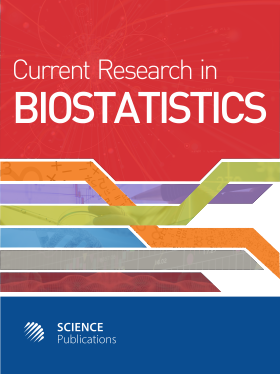Some Test Statistics for Testing the Binomial Parameter: Empirical Power Comparison
- 1 Florida International University, United States
Abstract
Problem statement: The Binomial distribution is one of the most useful probability distributions in the filed of quality control, physical and medical sceinces. Many questions of interest to the health worker related to make inference about the unknown population proportion, parameter of binomial distribution. This study considers the problem of hypotheses testing of the parameter of a binomial distribution. Approach: Different test statistics available in literature are reviewed and compared based on the empirical size and power properties. Since a theoretical comparison is not possible, a simulation study has been conducted to compare the performance of the test statistics. To illustrate the findings of the paper, two real life health related data are analyzed. Results: The simulation study suggests that some methods have better size and power properties than the other test statistics. The performnace of the proposed test statistics also depend on the hypothesized value of the binomial parameter. Conclusions/Recommendations: The practitioners should be careful about the hypothesized value of the binomial parameter p. If the hypothesized value is near 0.5, any test is acceptable for moderate to large sample size. However, for testing the end or small value of p, one might need very large sample size to have a good power and actual size of the test.
DOI: https://doi.org/10.3844/amjbsp.2010.82.93

- 4,459 Views
- 2,982 Downloads
- 0 Citations
Download
Keywords
- Binomial distribution
- empirical power
- hypothesis testing
- simulation study
- Type I error
- AMS 2000 subject classifications
- primary 62F03
- secondary 62F40
- binomial distribution
- fasting glucose
- binomial proportion
- null hypothesis
